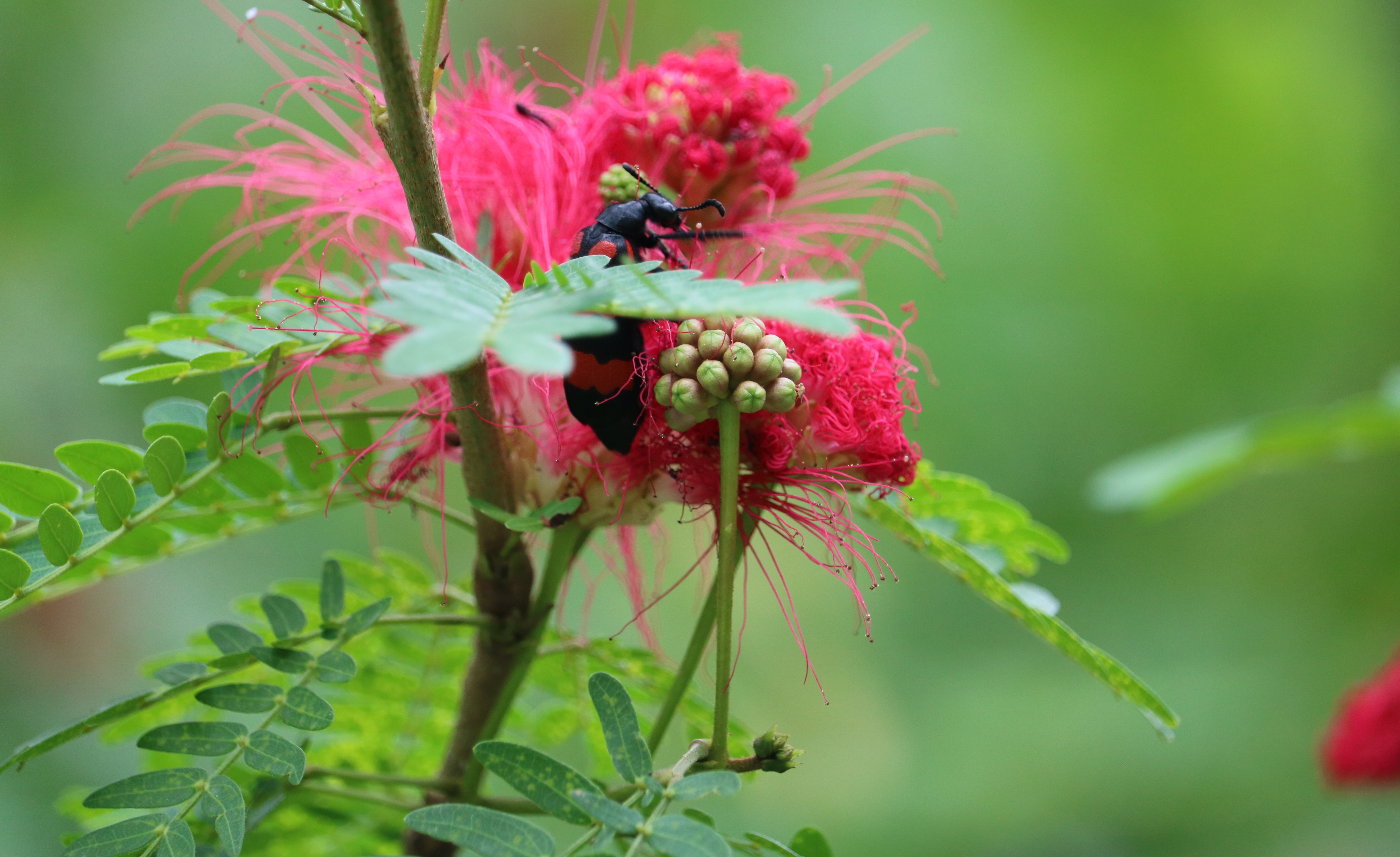Persian silk tree
Species
Families
Local Names
Genus
Native/Introduced
DNA Barcode
Description
Albizia julibrissin, the Persian silk tree, pink silk tree, or mimosa tree, is a species of tree in the family Fabaceae, native to southwestern and eastern Asia The genus is named after the Italian nobleman Filippo degli Albizzi, who introduced it to Europe in the mid-18th century.[2] It is sometimes incorrectly spelled Albizzia. The specific epithet julibrissin is a corruption of the Persian word gul-i abrisham (گل ابریشم), which means "silk flower" (from gul گل "flower" + abrisham ابریشم "silk")
Albizia julibrissin was described by Antonio Durazzini. John Gilbert Baker used the same scientific name to refer to Prain's Albizia kalkora, the Mimosa kalkora of William Roxburgh. Albizia julibrissin is known by a wide variety of common names, such as Persian silk tree and pink siris. It is also called Lankaran acacia or bastard tamarind, though it is not too closely related to either genus. The species is called Chinese silk tree, silk tree or mimosa in the United States, which is misleading—the former can refer to any species of Albizia which is most common in any one locale; and, although once included in Mimosa, neither is it very close to the Mimoseae. To add to the confusion, several species of Acacia, notably Acacia baileyana and Acacia dealbata, are also known as "mimosa" (especially in floristry), and many Fabaceae trees with highly divided leaves are called thus in horticulture.
Its leaves slowly close during the night and during periods of rain, the leaflets bowing downward; thus its modern Persian name shabkhosb means "night sleeper". This tendency also explains the Chinese common name hehuan, which means "shut happy" and symbolizes a happy couple in bed. In Japan its common names are nemunoki, nemurinoki and nenenoki which all mean "sleeping tree". Nemu tree is a partial translation of nemunok









































































































































